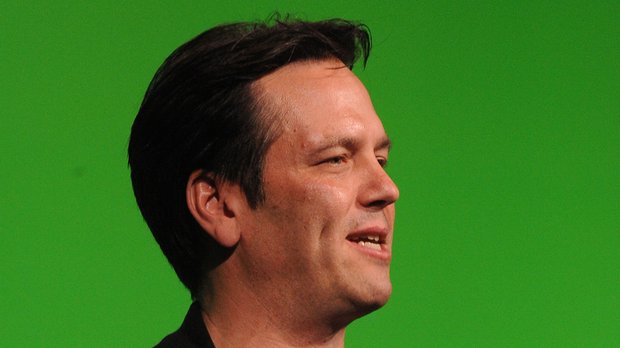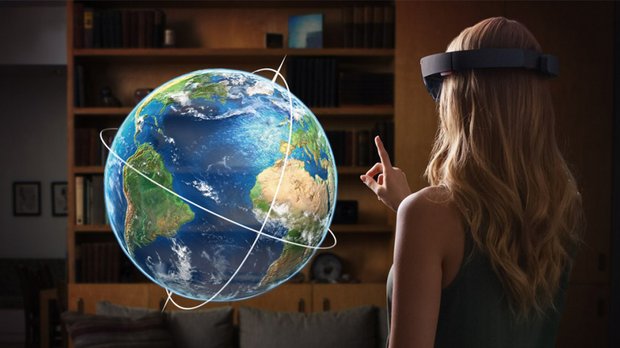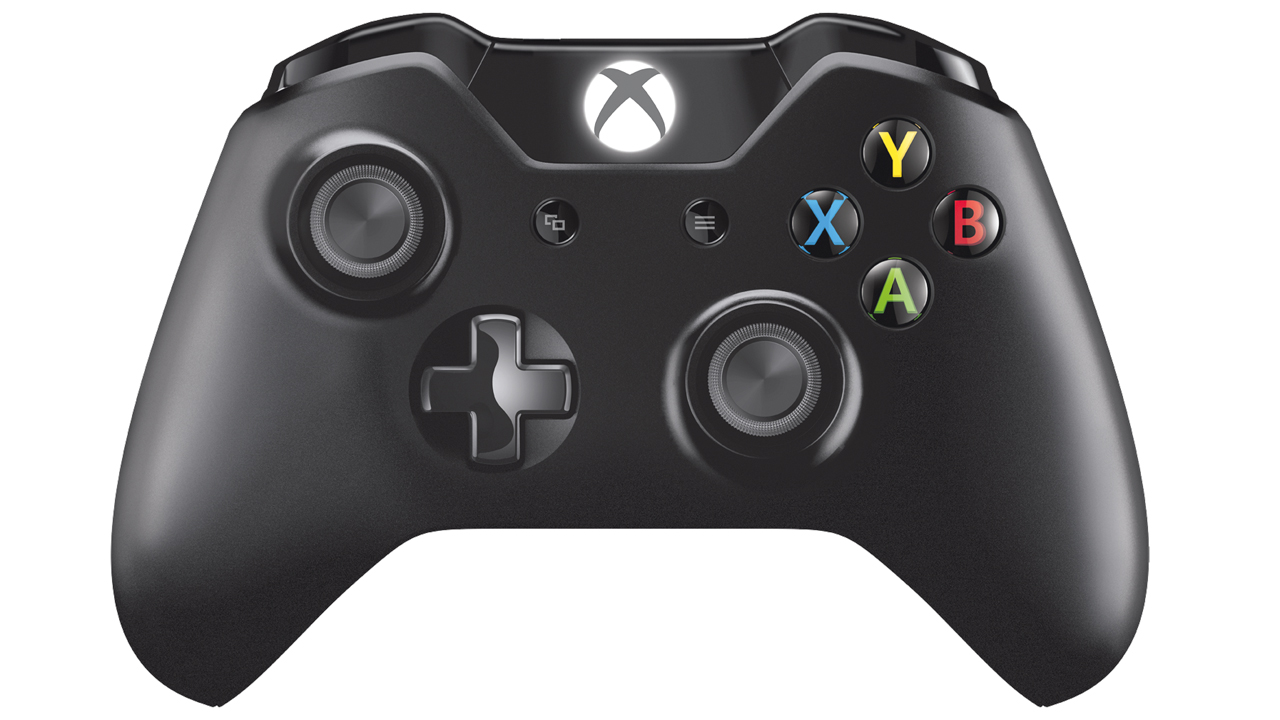Phil Spencer talks the future of Xbox One and Windows 10
Given that the fallout from Games For Windows – Live (GFWL) is still being felt eight years after its launch, it takes no little chutzpah to get onstage at the Game Developers Conference and announce a new Windows gaming initiative. But if Xbox boss Phil Spencer’s GDC keynote is to be believed, things are on the up. Windows 10 will bring all of Microsoft’s gaming platforms together, from high-end PC to mobile, while PC players won’t face a repeat of GFWL’s online multiplayer charges. Xbox One, meanwhile, has seen an uptick in sales thanks to a price reduction and several exclusivity coups. We meet Spencer to discuss scepticism, VR, and the future of Windows gaming.

Are you concerned that people will associate your Windows 10 initiative with GFWL?
This will sound funny, but I embrace the scepticism people might have because of Games For Windows – Live. It’s in our past, and wasn’t a fleshed-out programme fully supported by the Xbox team; it was another thing that was separate. But if you bet on us for Games For Windows – Live, I can understand somebody saying, “Hey, you’re going to have to earn my trust back.” And that’s why when I stand there talking about it, I’m not showing any fancy videos, I’m not trying to pizzazz you with anything other than, “Here’s what we are; here’s what we’re trying to do. And the SDKs are available now.”
We’ve been active in signing up content because we also want to use our own tools and kind of live through that progression, so that when other developers come on board, we’ve got the mileposts in place to say, “Here’s what we’ve been able to do,” and be very transparent about the areas that aren’t done, so we don’t try to pull one over on anybody. But GFWL, I don’t want to dodge it, I’m not going to say it’s not something we had before. But the Xbox team is fully committed to expanding what we’re doing across all of the Windows 10 devices, and we’re getting the response – at least from the developer community – that [it] means something.
Windows 10’s unified Store promotes crossplatform apps and games. Where do you see it in relation to Steam?
I think Steam’s great, and they have a lot of my money – a large part of my games library is in Steam. Steam is very much a gamer’s store, but I think our Windows Store will start off with a diversity of content like the App Store or Google Play. I think there are enough gaming customers to go round, and I don’t expect anybody’s going to delete their Steam account when they buy a game in the Windows Store and vice versa. If you’re an Xbox developer, there are some tools that we’re providing that allow you to seamlessly move from Xbox to PC – Xbox Live and the Universal App Platform will be helpful for those guys. I love what Steam is doing – Valve is an innovative company, and I don’t think the world’s going to dissolve down to one retailer, either on the high street or digitally.

While PC platforms can make use of Rift, Vive and other thirdparty VR headsets, you currently have nothing on Xbox One to compete with Sony’s Project Morpheus. Is that something that’s on your mind?
Sign up to the GamesRadar+ Newsletter
Weekly digests, tales from the communities you love, and more
It’s more of an announcement than anybody really having any VR stuff right now – and that’s not a shot at Sony. I mean, it’s hard tech, and I think it’s great what they’re doing with Morpheus. But they’ve announced [it for] the first half of 2016, so a little over a year from now. I look at VR as an interesting space. It’s certainly different to the mixed reality we do with HoloLens, but there’s nothing that precludes us from doing something in the VR space. As you say, there are partners out there, and while these guys are PC-based today, if we want to do something with Xbox… Right now, it’s just been about technologies and things that I think we need to do on Xbox One to make the experience better, and that’s where our focus has been. And I don’t think VR is a now thing. I’m not saying it’s five years from now, but it’s not really a now now thing. Valve’s got their VR thing, which I think is great; Samsung has GearVR, too. Funnily enough, they are very interested in Minecraft and how it could work in those VR spaces, so even from a content perspective there are a lot of conversations about VR, and I think it’s a very interesting tech for us to watch on the console side as well as the PC side.
Might HoloLens eventually find its way to Xbox One, then?
Well, we haven’t announced it as an Xbox accessory. But it sits within one team, and we have the conversations. Right now, we want to focus on a standalone, untethered device and make sure that we can prove out that scenario. That’s where we started, and that’s what we announced in January: the first fully self-contained headset. The tethered scenarios around VR I think are interesting, but we were going for something different. Not being tethered to either a PC, Xbox or a phone as part of the solution was one of our design challenges for HoloLens, and we did that. Now we can say, “Well, OK, if I do have an Xbox or a PC, what are those scenarios?” We haven’t publicly talked about what those are, but you can imagine, as we continue to drive and get success with HoloLens, those scenarios will become obvious and developers will take advantage of them.

On the topic of peripheral scenarios, where is your thinking on Kinect right now? Is it ostensibly abandoned?
It’s not abandoned. We just developed Upload Studio 2.0, which has green screening that you can do with Kinect. We’ll continue to build functionality to make it a valuable part of the ecosystem. That said, price point’s really important for the console – we saw that over the holidays in the UK and US, where we did well when we dropped the price, which was great. And I want to make sure consumers have choice on how much they value the functionality of Kinect when they buy a console. If you want to go buy a Kinect console [bundle], then they’re still available. I think it’s a great part of the ecosystem. And if you want just a console, and either add Kinect later, or Kinect’s simply not something you’re interested in, we give you that choice as well.
The teams continue to look at ways that Kinect makes the entertainment experience better. I’d say the area that hasn’t really landed – and I don’t know if it will – is, ‘Is Kinect integral to all of the core gaming scenarios on our console in terms of minute-to-minute gameplay?’ There are genres where Kinect works really well, but if you’re playing Halo or Call Of Duty, there’s not really a scenario that says, ‘Hey, I need a Kinect.’ There is a lot of excitement, and there are still announcements to come about what people are doing with it. But [Kinect’s] place will be earned through the experiences that are out there and the developers that show interest. We will continue to build functionality through voice and using the RGB and depth cameras, and we’ll stay focused on that, but giving the consumers choice is pretty critical.
With increased console sales, the Minecraft deal and high-profile timed exclusives such as Elite: Dangerous and Rise of the Tomb Raider, do you feel like you’re finally clear of the launch backlash?
I think the Xbox community has been great at supporting us over the first year-plus since the launch. The feedback that they give us constantly is both supportive and critical, and both are useful in building a roadmap. Gamers, as you know, are a vocal and passionate base, and they will tell you how they feel all the time about things that are going well, and things that aren’t going well.

It’s been a good year for us as a team. We feel energised by the work that we’re doing, the new opportunities on Windows, and the great games that are coming to the platform. But I feel it’s our duty to earn our customers every day, and that’s always got to be critical to just what it means to be in the Xbox team.
Read more from Edge here. Or take advantage of our subscription offers for print and digital editions.
Edge magazine was launched in 1993 with a mission to dig deep into the inner workings of the international videogame industry, quickly building a reputation for next-level analysis, features, interviews and reviews that holds fast nearly 30 years on.



